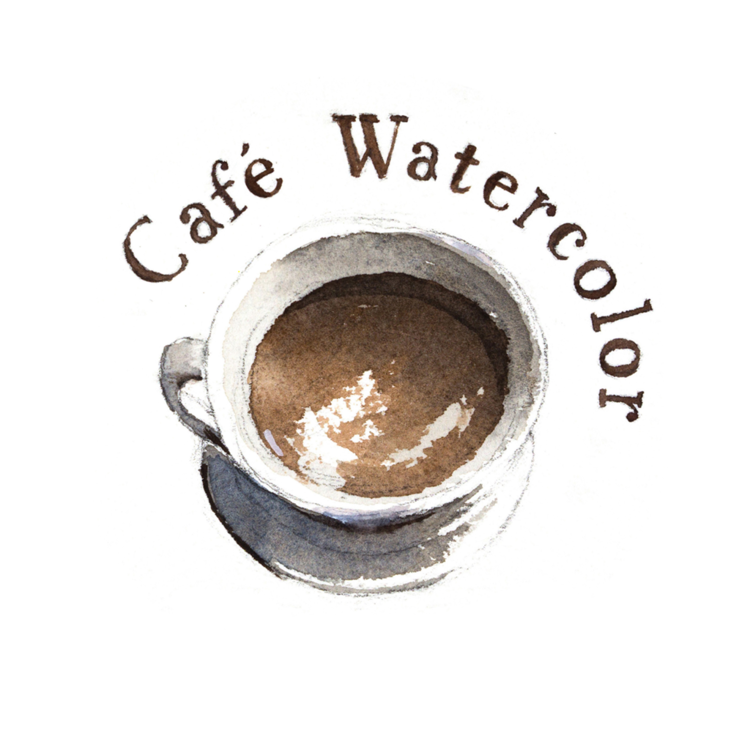Clean wash is one of the important element. In order to do a clean wash, you need to make use of the bead. Part of my painting set up is to tilt the painting surface back about 30-40 degrees. That way, the gravity will pull the water down and gather at the bottom. That's how the bead forms. The more water there is, the bigger the bead will be. Once you break past it, you extend the shape and the bead will move with it.
I see the bead as an "indicator of time". A clean wash means it has a smooth gradation, no hard edge within the shape, and no bad cauliflower edge. When you paint from top to bottom, the bead will start forming as soon as you finish your brush stroke. Before the bead is gone, you can extend that wash further down, and the wash will remain clean and seamless. But when the bead is gone, it means the paint is drying. If you try to paint on it, you will either end up with a hard edge or bad cauliflower edge. It sounds complicated, but I have a few tips that can help you:
- The wash needs to have plenty of water -
If the mixture is too dry, it will be very difficult to let the water flow. You will end up with a bunch of dry brush marks, and that's not what we want for a good clean wash. - Feed the bead -
When the wash doesn't have enough water, you can always add more water to feed the bead and make it bigger. You do that by using the tip of your brush and drop in some wet mixture right above the bead. This is very useful especially when you need to spend more time painting around some complex shapes. Feed the bead can buy you more time. A spray bottle can help as well. However, use it sparingly. - If the bead is gone, let it be -
This sounds simple, but it's probably the hardest thing to do! It happens to me from time to time. I let the bead dries before I can finish the wash. That's basically a sign telling me that "this wash is finished whether you like it or not". But I didn't heed the sign and leave it. I tried to paint on it thinking I can fix it. Whenever I do that, watercolor proves me wrong every time. When the bead is gone, leave it be! Nothing looks worse than a bad edge.
This is another reason why watercolor is fun yet more difficult than other mediums. You really need to react to the property of watercolor. You can't simply control it and expect good result. It's best to let it do its thing and respond to it. I encourage you to refer back to my previous blog post - Water is the limit. It will help you to understand the bead more.

